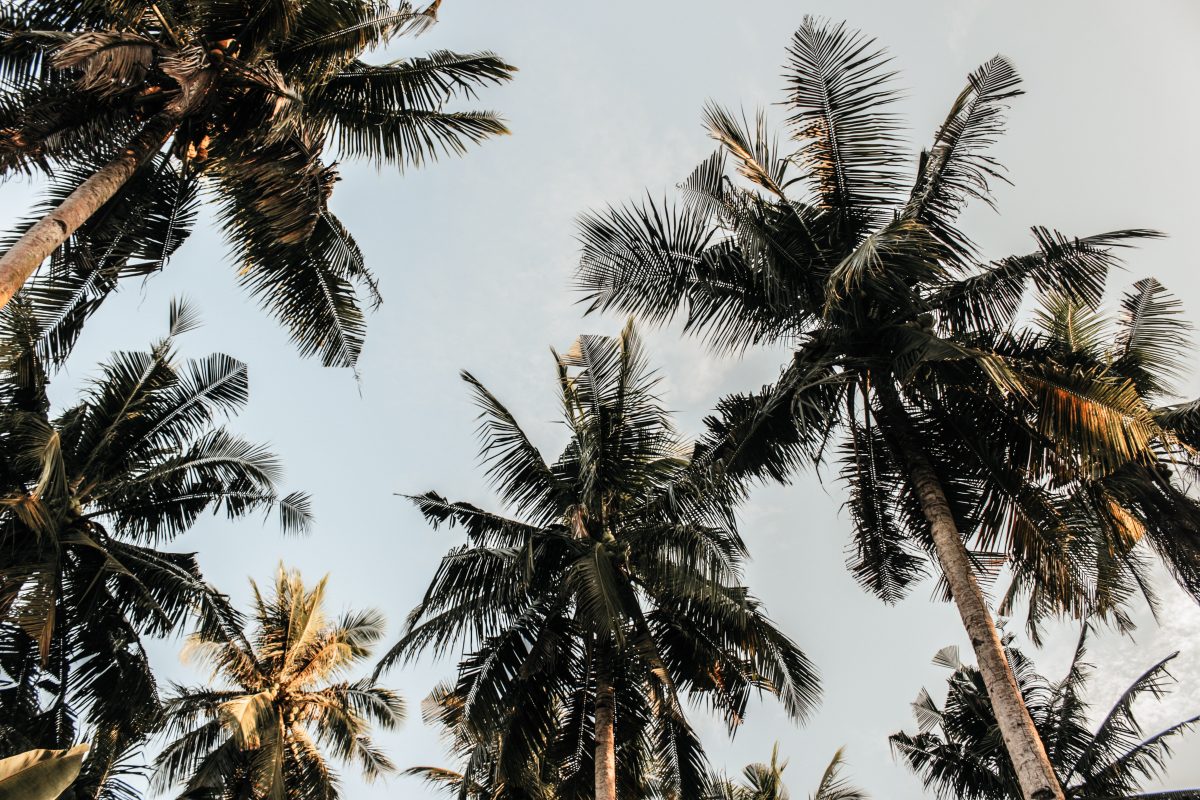Come and learn English in Trinidad and Tobago
Trinidad and Tobago offers a multicultural environment that allows you to interact with persons from different places and cultural backgrounds through one language – English!

Trinidad and Tobago offers a multicultural environment that allows you to interact with persons from different places and cultural backgrounds through one language – English!

We offer English as a Second Language (ESL) classes for foreign groups of a minimum of 5 persons and a maximum of 10 persons.
Classes are from Monday to Friday from 9:00 am to 12:00 noon. Tours are conducted around the island as part of your language learning process.
We will assist you with accommodation with all the necessary facilities and services, so that our students can have a memorable experience.
For more information on prices, send us an email at info@lictt.com.

Individuals who wish to spend three (3) months or more learning English can come to us for classes.
Sessions are Mondays to Thursdays from 9:00 AM to midday. We also offer tourism activities as part of your learning experience.
We will assist you with accommodation with all the necessary facilities and services so that your stay will be as comfortable as possible.
For more information, send us an email at info@lictt.com.
